Multi-omics analysis using antibody-based in situ biotinylation technique suggests the mechanism of Cajal body formation
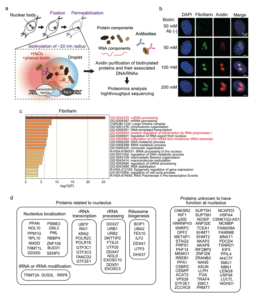
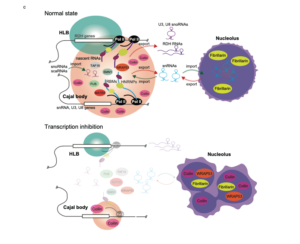
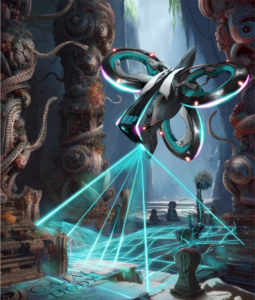
抗体を用いたin situビオチン標識法を確立し、核内の様々な構造体について“スナップショットを撮る”ように構成因子を解析することが可能となりました。実際にこの技術を用いて、核内構造体の1つであるカハール体について詳細な解析を行い、カハール体で転写された新生RNA鎖とRNA結合タンパク質との相互作用が、カハール体の形成に重要な役割を果たしている可能性が明らかになりました。
本手法は、特異性の高い良質な抗体があれば、全ての内在性タンパク質に適用できるため、本手法を駆使することで未知の分子間相互作用が明らかにされると期待しています。また、既存の他の手法では、翻訳後修飾に特異的な空間ビオチン標識が不可能であったため、本手法によって翻訳後修飾特異的な新規のインタラクトームが明らかとなるはずです。
Abstract: Membrane-less subcellular compartments play important roles in various cellular functions. Although techniques exist to identify components of cellular bodies, a comprehensive method for analyzing both static and dynamic states has not been established. Here, we apply an antibody-based in situ biotinylation proximity-labeling technique to identify components of static and dynamic nuclear bodies. Using this approach, we comprehensively identify DNA, RNA, and protein components of Cajal bodies (CBs) and then clarify their interactome. By inhibiting transcription, we capture dynamic changes in CBs. Our analysis reveals that nascent small nuclear RNAs (snRNAs) transcribed in CBs contribute to CB formation by assembling RNA-binding proteins, including frontotemporal dementia-related proteins, RNA-binding motif proteins, and heterogeneous nuclear ribonucleoproteins.
Authors: Keisuke Noguchi†, Hidefumi Suzuki†, Ryota Abe†, Keiko Horiuchi, Rena Onoguchi-Mizutani, Nobuyoshi Akimitsu, Shintaro Ogawa, Tomohiko Akiyama, Yoko Ike, Yoko Ino, Yayoi Kimura, Akihide Ryo, Hiroshi Doi, Fumiaki Tanaka, Yutaka Suzuki, Atsushi Toyoda, Yuki Yamaguchi*, and Hidehisa Takahashi*
Journal: Cell Reports, 2024
DOI: https://doi.org/10.1016/j.celrep.2024.114734
Press Release: https://www.yokohama-cu.ac.jp/res-portal/news/2024/20240919talkahashihidehisa.html
投稿者プロフィール

- 横浜市立大学大学院医学研究科 分子生物学 講師 (医学部 分子生物学教室)
最新の投稿
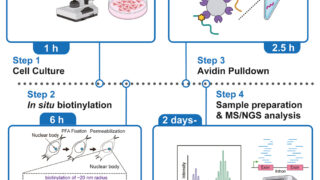 令和7年度(FY2025)2025.08.02Protocol for identifying components of subcellular compartments by antibody-based in situ biotinylation
令和7年度(FY2025)2025.08.02Protocol for identifying components of subcellular compartments by antibody-based in situ biotinylation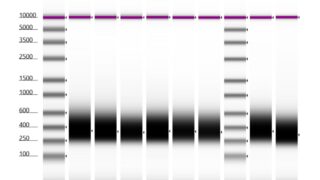 ノンドメインブログ2025.08.02次世代シーケンス はじめました
ノンドメインブログ2025.08.02次世代シーケンス はじめました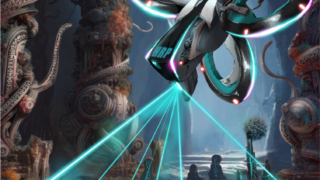 令和6年度(FY2024)2024.09.21Multi-omics analysis using antibody-based in situ biotinylation technique suggests the mechanism of Cajal body formation
令和6年度(FY2024)2024.09.21Multi-omics analysis using antibody-based in situ biotinylation technique suggests the mechanism of Cajal body formation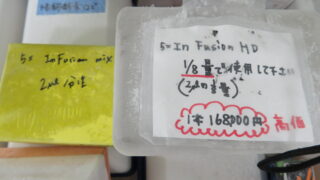 ノンドメインブログ2024.06.15遺伝子クローニングとコストダウン
ノンドメインブログ2024.06.15遺伝子クローニングとコストダウン


